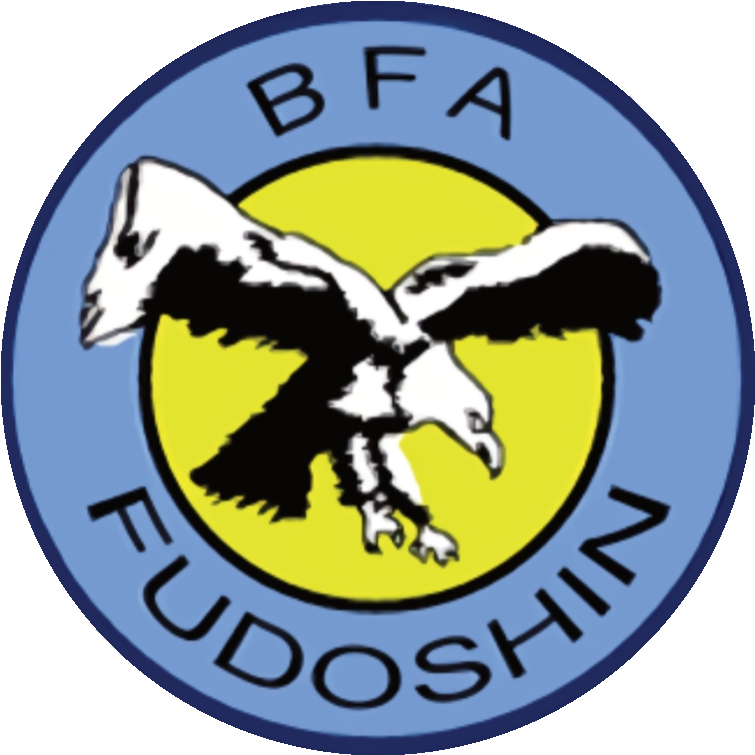“Jujitsu – the art of softness”
Fudoshin Jujitsu is a complete combat system, evolved from the battlefields of ancient Japan. To control and overcome an aggressor it encorporates:
- Atemi (striking)
- Grappling
- Nage waza (throwing)
- Ne waza (ground fighting)
- Kansetsu and Osaekomi waza (Locks and holds)
- Goshinjutsu (escaping techniques)
When combined these basic elements make up combinations for self defence against single and multiple attackers both armed and unarmed.

Atemi (striking)
Turn all parts of your body into a weapon to deliver blows to incapacitate your opponent. These techniques are the same as found in striking arts such as Karate and Kickboxing.

Grappling
When the fight becomes a close quarters, face to face tussle.
Gain a physical advantage over your opponent whether standing or on the ground using a variety of techniques. Including clinching, takedowns, throws, sprawling, chokes, locks and holds

Nage waza (throwing)
From a grappling or a dynamic self-defence situation (e.g. roundhouse strike to the head with a bottle) throwing is the ability to off-balance or lift your opponent taking them to the ground, leaving yourself balanced, on your feet and in the dominant position. Techniques don’t require strength rather rely upon harmonisation with the movement of your opponent to tip them over a pivot point outside of their centre of gravity.
Judo codified and refined the throws found in Jujitsu when it became an olympic a sport. Thus removing some of the more dangerous elements and techniques from use in competition and so that the techniques could be readily practicesed in a safe manner in the form of Randori.
You will be taught the Jujitsu way and you will notice a difference between the application between sport and combat. Although to be safe, we only practice competivly using the Judo rules.

Ne waza (ground fighting)
The last place you want to find yourself in a street fight is on the floor. You are prone and your attackers mates can come wading in! However if you do end up in this position Jujitsu teaches techniques to gain control and advantage of your opponent. Likewise it teaches defences and escapes if your opponent has the upper hand.
We also teach methods of defence if you’re on the ground and your attacker is standing and is coming in for kicks or punches. You will also learn strategies for if there is more than one attacker.
Ground fighting has ben popularised by Brazillian Jujitsu and it is probably the dominat art on the ground. The effectiveness of ground fighting in competition is on display in mixed martial arts. The chances are these days an attacker will know something about this. Be preapred!

Locks and holds
Learn to immobilise and control your opponent through the use of locks and holds, whether standing or on the ground.
Useful techniques to learn for self-defence as they enable you deliver only the amount of force that you choose for the given situation.
Includes the use of joint locks, head locks, spine locks, restraining techniques, chokes and strangles. Pressure point are also utilised to maximise advantage.
You will also be taught techniques to escape from someone applying these techniques on you.

Goshinjutsu (self defence)
Goshinjutsu means self defence techniques. We us the term to refer to escaping or disengaging from holds, grabs, strangles etc., from standing and ground positions, with single or multiple attackers. e.g. hair grab, two handed throat choke or two people pulling on your arms.
There are infinite methods of disengagments taught across martial arts just as there are many ways of grabbing hold of someone. We teach basic methods and principles to a range of scenarios which can the be adapted and applied to any situation.


